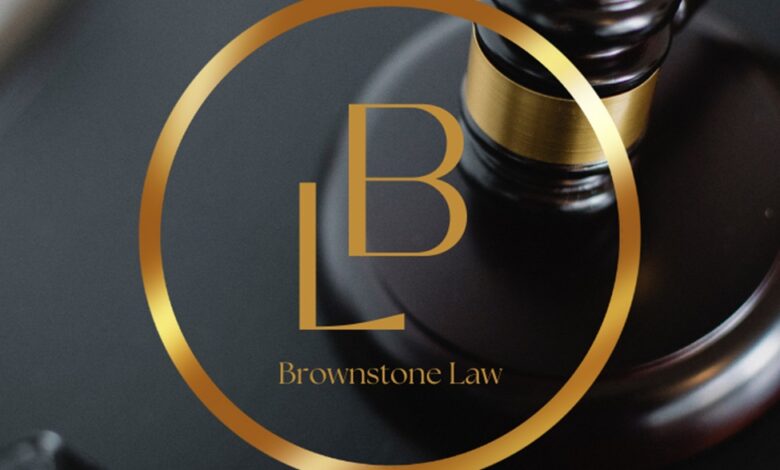How to Make a Powerful Legal Presentation for Winning an Appeal Case

Winning an appeal case requires something beyond knowing the law; about crafting a powerful legal presentation reverberates with the judge or jury. Whether you’re a respondent or a plaintiff, you want to suggest a convincing case that will influence the decision in your favor.
This article will talk about a few essential tips on how to make your legal presentation more enticing.
Crafting Areas of strength for a Statement
The initial statement establishes the vibe for your whole presentation. It ought to be brief, convincing, and well-practiced. Begin by expressing current realities of the case in an unmistakable and clear way. Then, present your argument, framing your situation and the key points you will address.
Make a point to address any potential shortcomings in your case forthright and make sense of how you intend to beat them. A solid opening statement is crucial as it catches the attention of the judge or jury and makes way until the end of your presentation.
Coordinating Your Argument
To make your presentation more powerful, sort out your argument in a legitimate and reasonable way. Begin with an outline of the case, trailed by a definite examination of current realities and proof. Then, present your legal arguments and points of reference that help your case.
At last, finish up with areas of strength for a statement that sums up your key points and has an enduring effect on the judge or jury. A well-organized argument is simpler for the crowd to follow and makes it more probable that they will be convinced by your presentation.
Introducing Proof and Declaration
When introducing proof and declaration, try to do as such in an unmistakable and compact way. Utilize visual guides like outlines, diagrams, and photos to assist with delineating your points. If you are introducing declaration, try to set up your observers completely and expect any potential interrogation questions.
Introducing proof and declaration actually is crucial as it offers substantial help for your argument and assists with persuading the judge or jury of the benefits of your case.
Addressing Counterarguments
To make your presentation more powerful, expect and address any potential counterarguments that the contradicting party might raise. Be ready to make sense of why these counterarguments are not substantial and present proof and points of reference that help your situation.
Addressing counterarguments shows that you have painstakingly viewed as all aspects of the case and reinforces your validity as a moderator.
Using Powerful Language
The language you use in your presentation can essentially affect its convincingness. Utilize clear, succinct, and influential language that is straightforward. Try not to utilize language or specialized terms that might befuddle the judge or jury. Using influential language assists with suggesting your viewpoint seriously convincing and improves the probability that the judge or jury will be convinced by your presentation.
Preparing for the Presentation
Before the actual presentation, it’s crucial to completely get ready. Review all the case materials, including records, records, and significant laws. Dive more deeply into the legal arguments and points of reference that help your case. Practice your presentation on numerous occasions, focusing on your conveyance, pacing, and tone.
If conceivable, direct a false presentation with partners or a legal mentor to get feedback and refine your methodology. Being well-arranged helps your confidence as well as upgrades your capacity to answer startling challenges during the presentation.
Drawing in the Crowd
Drawing in the crowd is a key aspect of making a convincing legal presentation. Keep in touch with the judge or jury, talk obviously and unhesitatingly, and use motions and non-verbal communication to underline key points. Support undivided attention by posing expository inquiries or inciting the crowd to think about different points of view.
Make an association with the crowd by using interesting models or stories that delineate the human impact of the case. An enrapturing and drawing in presentation holds the crowd’s attention as well as makes it more probable that they will be convinced by your arguments.
Concluding Remarks
In conclusion, winning an appeal case requires a powerful legal presentation. By crafting areas of strength for a statement, coordinating your argument, introducing proof and declaration really, addressing counterarguments, and using convincing language, you can build your chances of progress.
If you really want assistance with your appeal case, consider employing criminal appeal lawyers like those at Brownstone Appeal Lawyers. With their skill and experience, they can assist you with crafting an influential legal presentation that will allow you the best opportunity of winning your appeal case.




